 |
 |
 |
 |
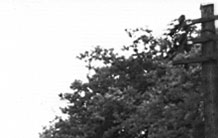 |
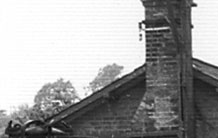 |
 |
 |
 |
 |
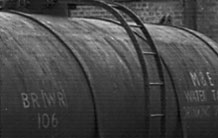 |
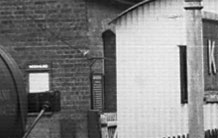 |
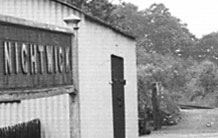 |
 |
 |
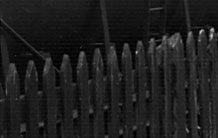 |
 |
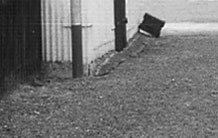 |
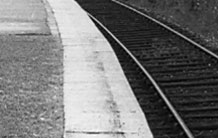 |
 |
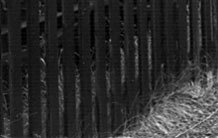 |
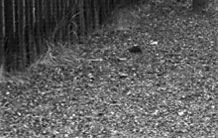 |
 |
 |
 |
When Parliament agreed a railway from Worcester to Leominster via Bromyard on 1st August 1861 it was hardly thought that it was to take another 36 years before the line was completed. The Worcester Bromyard and Leominster Railway Company had as its chairman Sir Charles Hastings, founder of the British Medical Association, but this did little to expedite matters.
Eight years later in 1869 the promoters, probably reconsidering the sparseness of the route, abandoned the 12 mile Leominster-Bromyard stretch.
In 1870 the GWR came to the rescue over the remaining section by agreeing to work the section from Bransford Road junction (on the Worcester & Hereford line and to the north of Bransford Road station) to Bromyard. This opened on 2nd May 1874 although only reaching as far as Yearsett where a temporary terminus was established.
It took another three years before Bromyard was reached and when this 3¾ mile stretch opened on 22nd October 1877, Yearsett station was closed. It is thought that Yearsett had the shortest life of any GWR station.Knightwick was the second station on the branch line to Bromyard. After leaving Leigh Court the railway followed closely the course of the River Teme to arrive at Knightwick Station which was half a mile from the village that it served. It was opened in 1874 and consisted of a single platform on the south side of the line with a small brick station building and goods yard. There were no passing facilities.
The line from Worcester to Leominster was finally completed in 1897.
The last train from Worcester to Leominster ran on September 15th 1952.
Trains services from Worcester to Bromyard carried on until 1964.
After closure the station building became derelict with windows broken and Barn Owls used to nest there, eventually it was bought and was converted to a private residence.
Just before the station is a magnificent Victorian brickwork viaduct which carried the line across a deep cutting near Lulsley, it has six spans and is nearly 70 feet high.
It has been said that a group of railway navvies became impatient waiting for an engine to pick them up and set off to meet it on a ballast truck - one of those lever operated affairs. Coming down an incline near Knightwick, they suddenly spotted the steam of the approaching engine, it was to late. There was a collision in which one man was killed and 20 others injured. This all happened on the day before the official opening which put a bit of a damper on the whole affair.
In 1961 while visiting Worcester the Queen Mother slept overnight on the Royal Train in a siding either at Knightwick Station or possibly Suckley Station.
Each year in September the trains were used substantially by hop-pickers and GWR (Great Western Railway) issued special instructions that only Third Class carriages of the oldest type were to be used for the conveyance of the hop-pickers.
©peh

